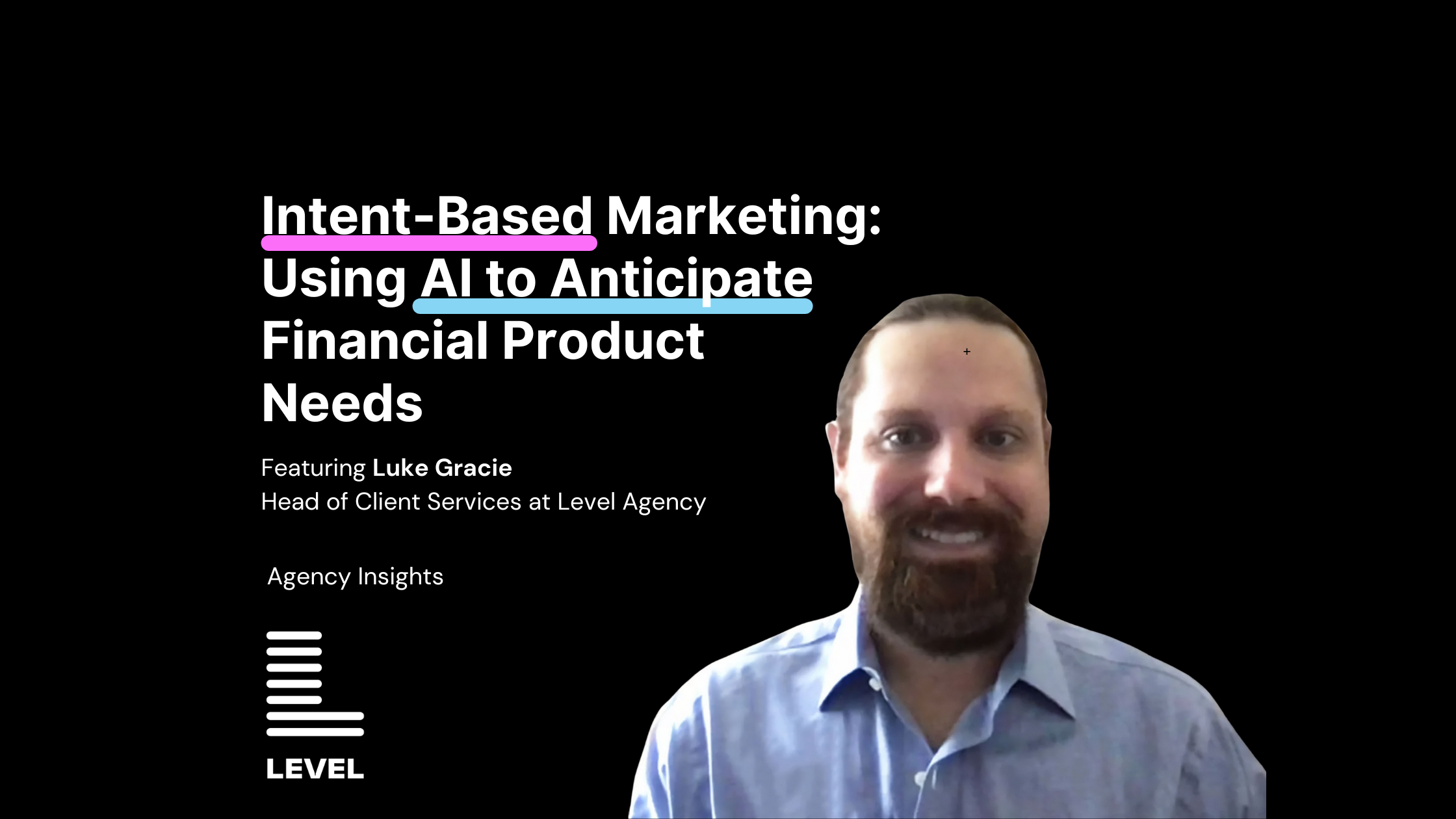In our latest episode of Test. Learn. Grow., we sat down to talk to Tom Shapiro, Founder and CEO of Stratabeat Inc., about his book Rethink Lead Generation: Advanced Strategies to Generate More Leads for Your Business.
Rather listen than read? In this podcast episode, Myles and Allyn talk to Tom Shapiro about his principles for rethinking lead generation and how testing can help innovate your marketing.
Rethink Lead Generation? What’s wrong with it?
Businesses today are getting frustrated with their B2B lead generation. There are a few reasons for that:
- The markets are saturated with competitors.
- They are contending with much more sophisticated audiences.
- Marketers in the B2B space tend to be hesitant to make bold moves.
The marketing professionals Tom interviewed in his book, the ones who experienced growth, were thinking innovatively. They were being very decisive about doing innovative things.
Many marketing agencies today are merely tinkering around the edges. They are not being bold. Tinkering does not inspire growth. When you are doing the same things as competitors, it just makes it more difficult to break through the noise. That is why it is time to rethink lead generation, according to Tom.
Finding Balance in Being Bold
According to Tom, the first principle for rethinking lead generation is you want to be 100% customer centric. Be customer obsessed. Take a company’s website for example. Is a company’s website talking about their methods or past revenue or how many offices they have, OR does a company’s website focus on the user or customer experience? Is the website highlighting how the company can solve the customer’s problems?
The next principle focuses on how to be bold and innovative in your thinking. How do you decide what really is a new innovative idea versus what is a new innovative idea just for the sake of being innovative? To answer this question, Tom suggests a matrix from his book:
- In the left-hand column, list all your innovative ideas. This is where all the brainstorming goes.
- Next, evaluate each idea based on:
- How easy is it to do?
- How quickly can you implement it?
- What is the cost to implement it?
- What is the revenue you can expect to derive from implementing this idea?
Finally, when you wrap all this together, you can see the ROI (Return on Investment) potential. Evaluating ideas this way becomes a practical method to understand how each idea will meet your time needs, your revenue goals, and ROI instead of, “Hey, that’s a great idea, but it doesn’t have real teeth in terms of business performance.”
Creativity Is Thinking Differently
Some marketers think the only definition of creativity is to be silly or crazy about colors or copy. If that’s your brand, then do it. Don’t be something you’re not. But being creative really means thinking differently. It is more about doing what others are not doing. For example, a lot of marketers follow ‘best practices’ because it is the safe option. The problem with following best practices is that over time everyone is also following best practices then it becomes exceedingly difficult to differentiate yourself. From a buyer’s perspective, it is tough to decide because everyone looks the same, sounds the same, etc. How does a buyer choose? You must break through all that sameness and do something that is going to make you stand out.
Customize Your Message
Tom gives an example of sameness. He says he gets pitched all day long on LinkedIn. All the pitches look the same. They don’t give much thought to his company’s specific needs. Tom doesn’t respond to any of them. Instead, Tom suggests drilling down on the companies you really want to work with. He says take the time to think about what each company specifically needs and write a heartfelt message that is personal. This is the start of building a relationship, which is so much more effective than when you are swimming in the sea of sameness. When you customize your message, you stand out immediately.
Allocate For Testing
To find the sweet spot between spending time on customization which takes longer versus tasks that might have a lower ROI but can be quick and effective, Tom suggests allocating time and at least 20% of your budget to testing. Try things that aren’t going to work. That is a part of the process of innovating. You will find nuggets of gold and then you shed the rest. Testing gets you out of the habit of staying around the edges and merely tinkering.
Lateral Thinking and Creativity
Lateral thinking is illogical and non-obvious. Produce solutions that do not make a lot of sense. Tom gave an example from his time at his former employer, iProspect. iProspect relied heavily on conferences for marketing. The agency would spend $30 or $40K on having a big exhibit at industry conferences. The problem with that was 30 of their competitors were doing the same thing and they were right next to them at the conference. It was not the best way to stand out.
So, Tom and one of his colleagues thought it would be interesting to do the exact opposite. They tested this lateral thinking. They didn’t want to attract thousands of people at a conference, they wanted to attract as few as possible. They wanted to slow down and have deep conversations with real prospects. They set up a smaller off-site event and 10 people showed up. But they got two 6 and 7-figure deals from that small event. They thought maybe that it could be an outlier, so they tried it again. At a similar small event, the same thing happened. They landed another 6-figure deal. This method became the number one lead driver for the company. It again comes back to building more personal relationships over the long term. It pays to invest in people.
If you want to reframe lead generation, check out Tom’s book, Rethink Lead Generation: Advanced Strategies to Generate More Leads for Your Business. Or if you want to brainstorm about testing, schedule a consultation with us.
What did we miss? Give us your thoughts in a comment!









